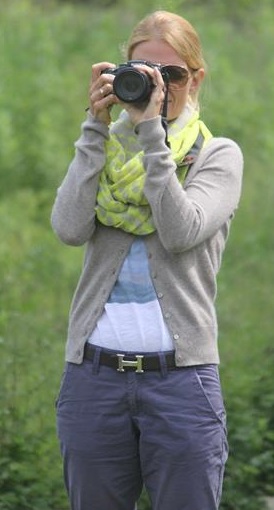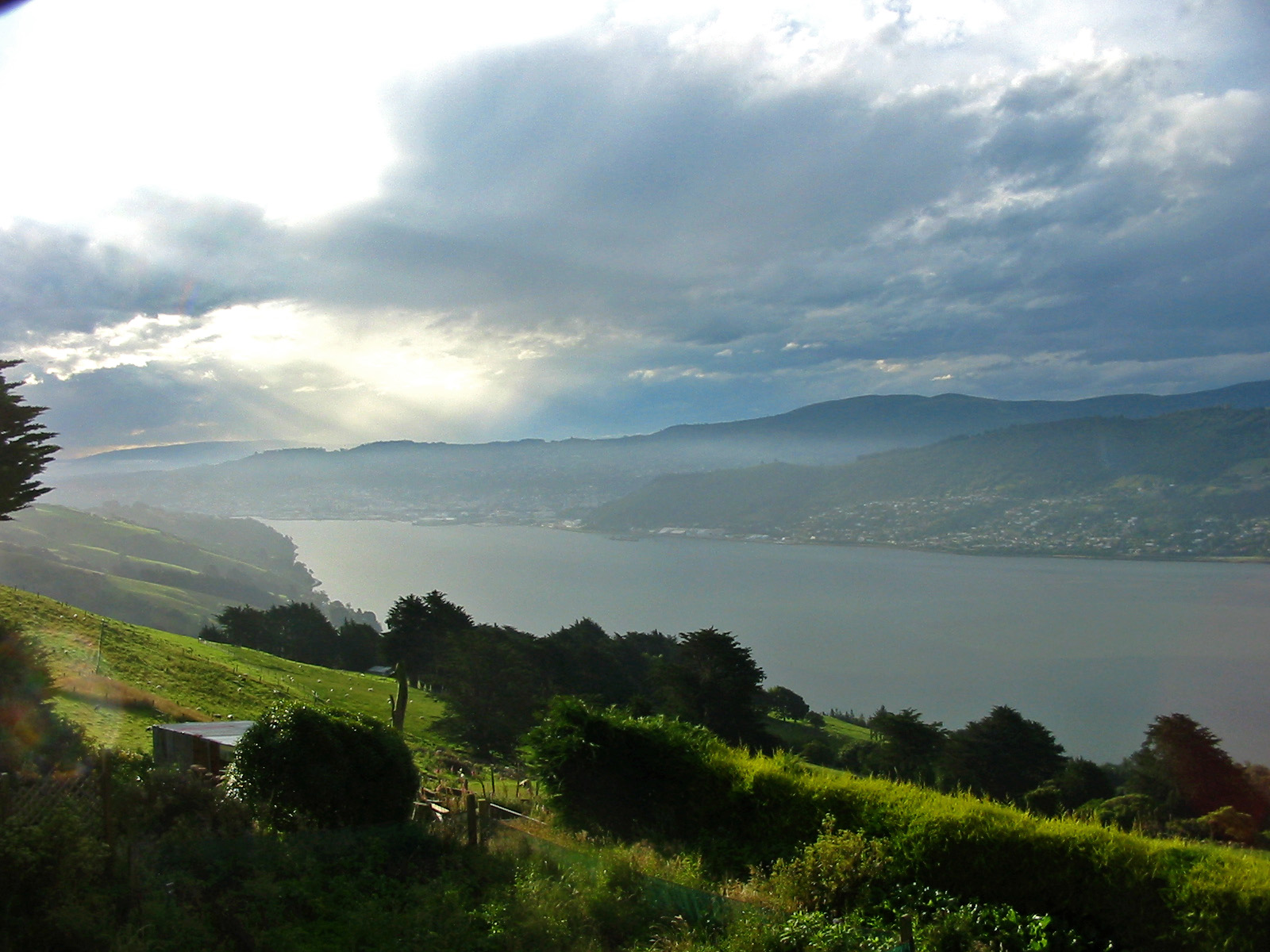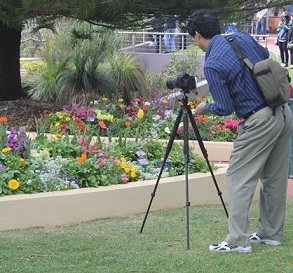
A serious course suitable for both career development or improving amateur skills beyond the basics.
Learn how to make your pictures stand out from the crowd!
This is a great course is for those who want to improve their photography skills and potentially work as a photographer in any field.
- You will understand how to tell a story with an image
- How to turn your photographic skills into a business
- Understand the photographic industry
- Special photographic techniques
- How to photograph anything well
- Produce photos with special effects
This course can help you understand the potentials and limitations of a camera and conceive ideas to find a way around difficulties you encounter. It is designed to assist turning you into a more flexible and skilled photographer.
COURSE STRUCTURE
There are 8 lessons as follows:
- Composition Choosing the subject, Lighting the subject, Placing the subject in the frame, Choosing the medium for recording.
- Photographing People Snapshots, Portraiture, Posing for Photographs, Nude Photography, Fashion, Photography & Wedding Photography
- Nature & Landscape Photography Photographing Water, Plants, Landscapes & other Natural subjects
- Colour vs. black & white Types of film, Analysing photos, Photography for newspapers, etc.
- Special Techniques Creating Effects, Sport Photography, Cropping, Non Standard Film(eg. Lith Film, InfraRed etc)
- Illustrative Photography Telling a story with a photo (eg. advertising, sports event, fashion parade or art exhibition), Streetscape photography etc.
- Publishing Illustrating articles, Analysing photos in magazines, Understanding the industry and photo opportunities
- Business Opportunities in Photography Freelance photography, Commercial photography, Planning a Photographic Session, Studio Photography, What to Charge, Gallery Sales, Written Contracts

AIMS
- Compose photographs in a way that matches a predetermined aim.
- Explain a variety of ways to take better photographs of people.
- Explain a variety of ways to take better photographs of landscapes or other natural subjects.
- Differentiate between appropriate use of colour and black and white photography.
- Create varied visual affects through the use of special techniques.
- Explain a variety of ways to take better illustrative photographs.
- Explain a variety of ways to take better photographs for use in print or electronic media.
- Determine the nature and scope of business opportunities in photography.
This course is about selecting what you photograph, and then capturing the image in a way that meets your predetermined requirements. A big part of this task involves composition. Composition is basically the way you frame your photograph.
Beyond this, and more importantly, it is the way you arrange the elements of the subject in the frame so that they take on a particular meaning. If a naked body is photographed in repose, with the face lit to attract our attention, we will notice the subject's expression and then interpret the frame in relation to how the person appears to be feeling.
The photographer's choice to include the face in the frame alters it's meaning.
To carry the example further, suppose the camera had focussed only on a close up of the shoulder, upper arm and one breast. This, depending on the lighting and the actual subjects gender and physical condition could create a visual impression of strength, health, age, masculinity or femininity, which would lead us to place the photograph into a category of meaning which could vary from the sexual imagery of Playboy to the hard realism of an anatomy text.
